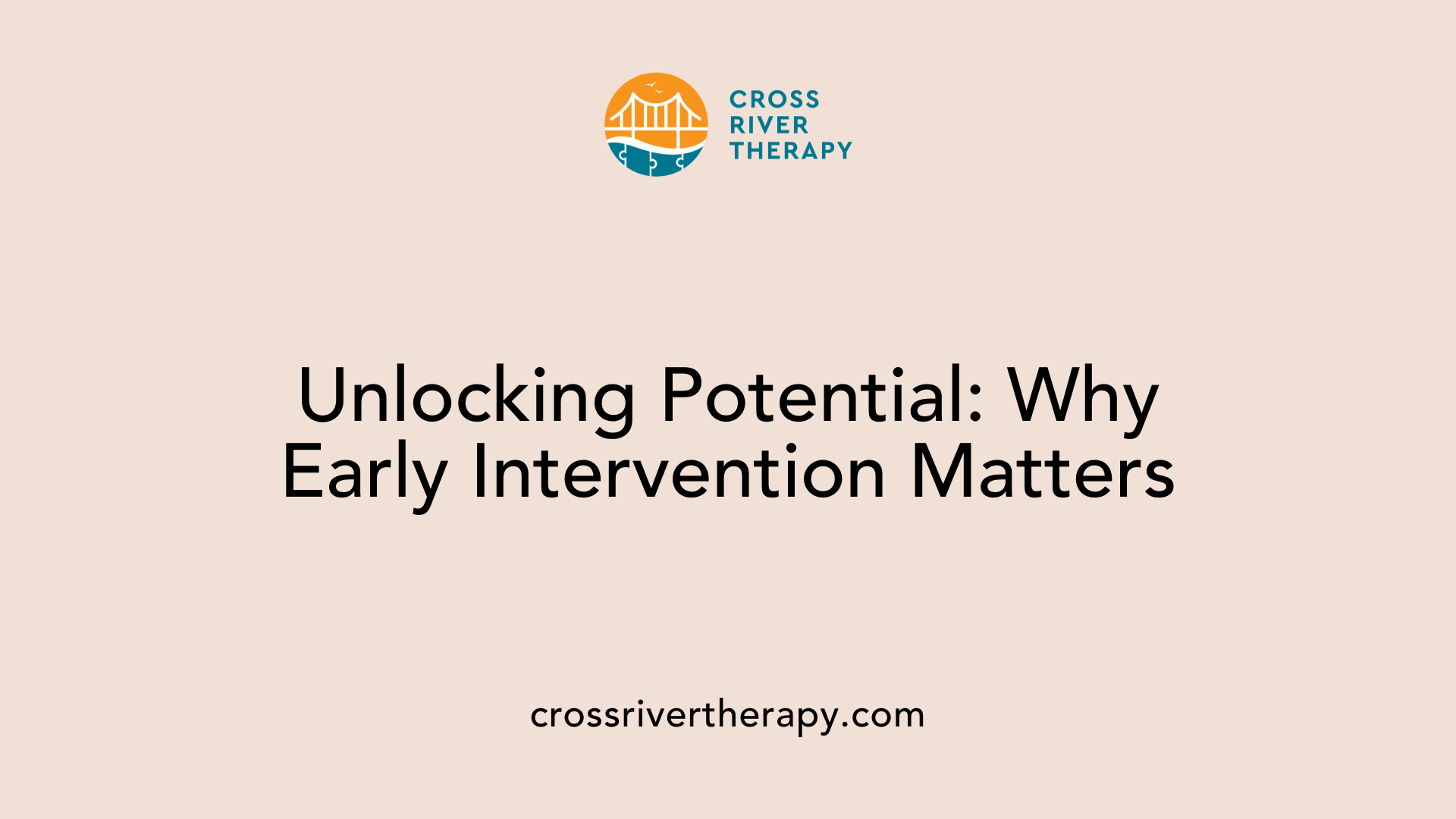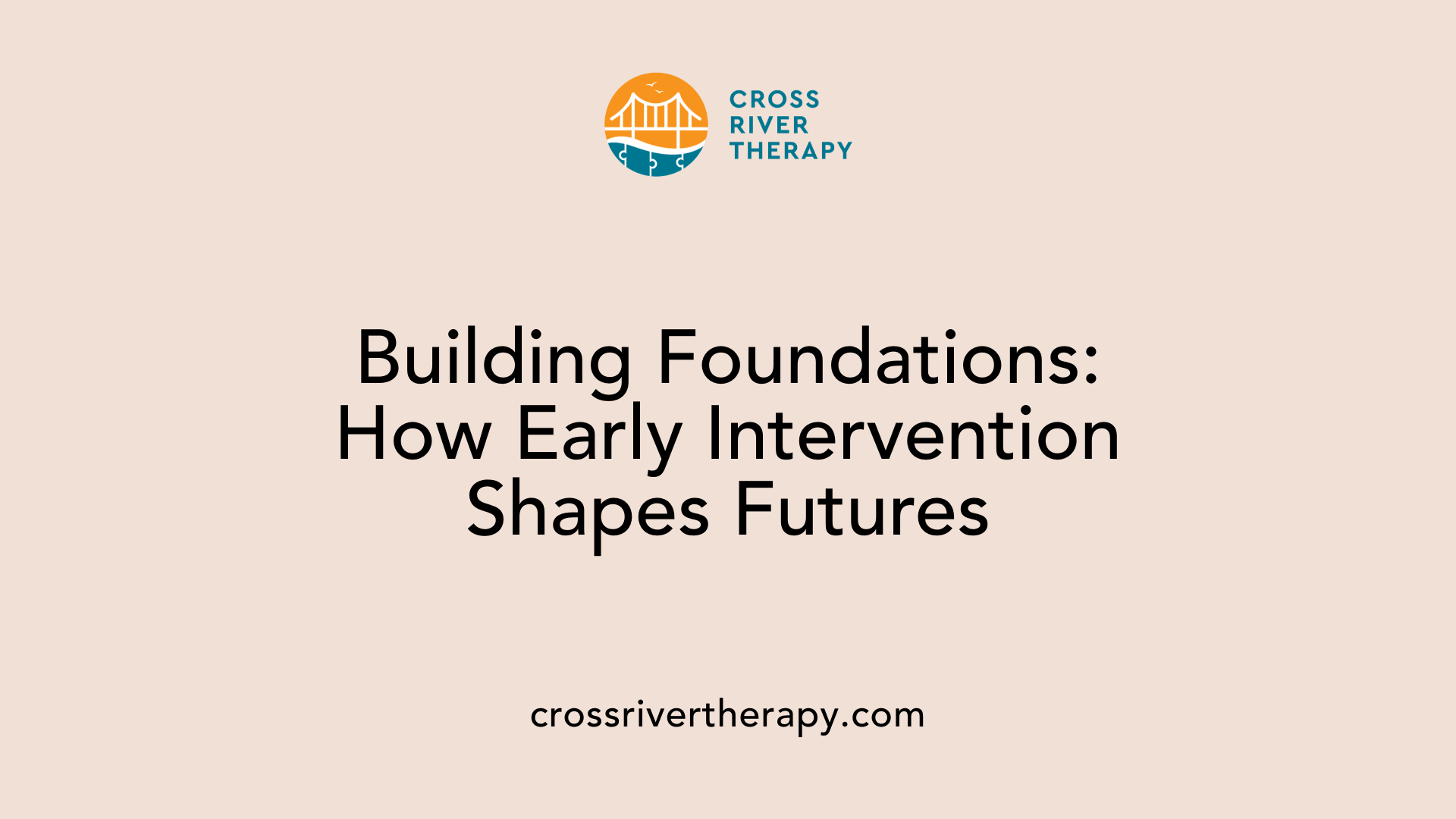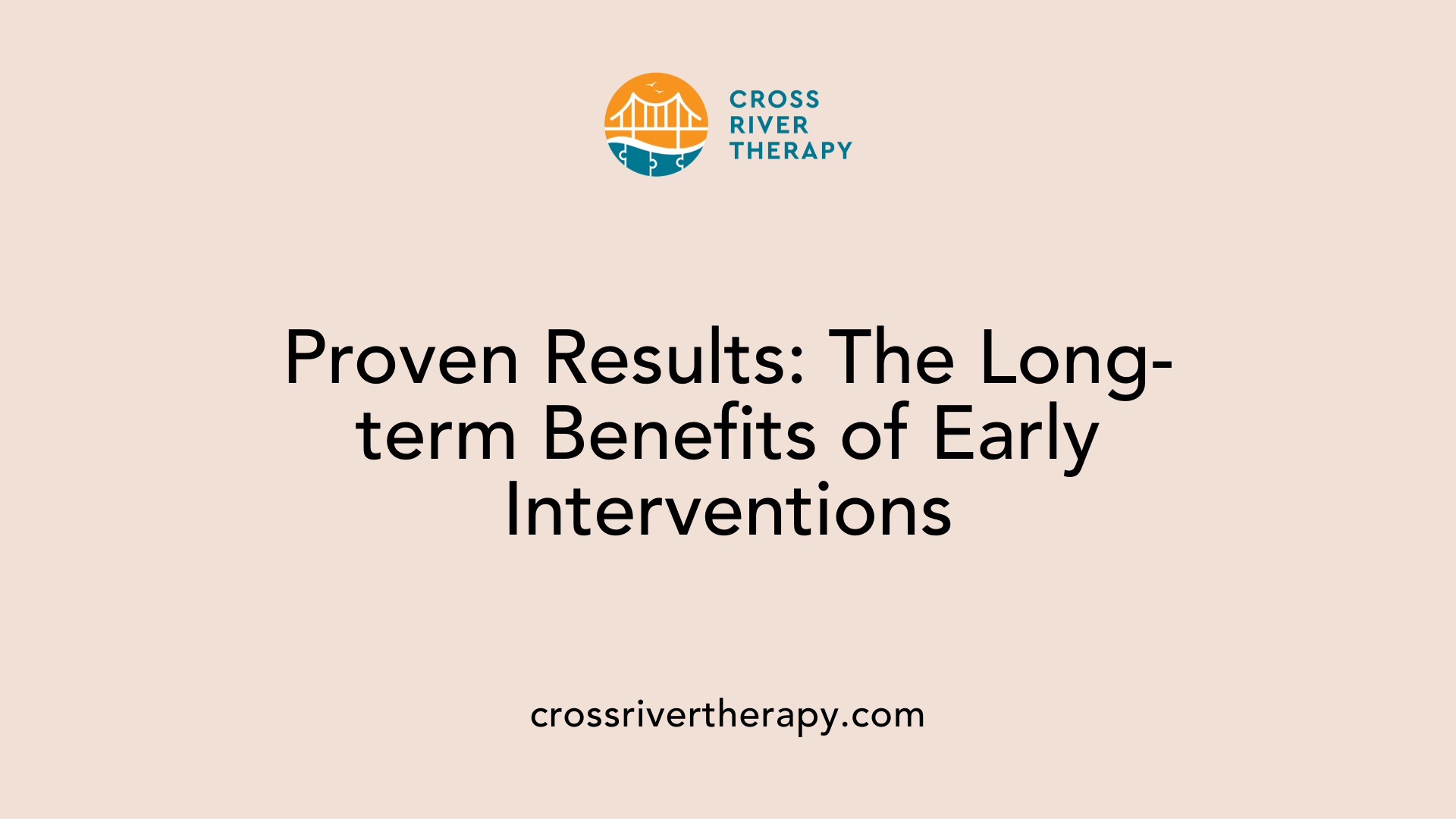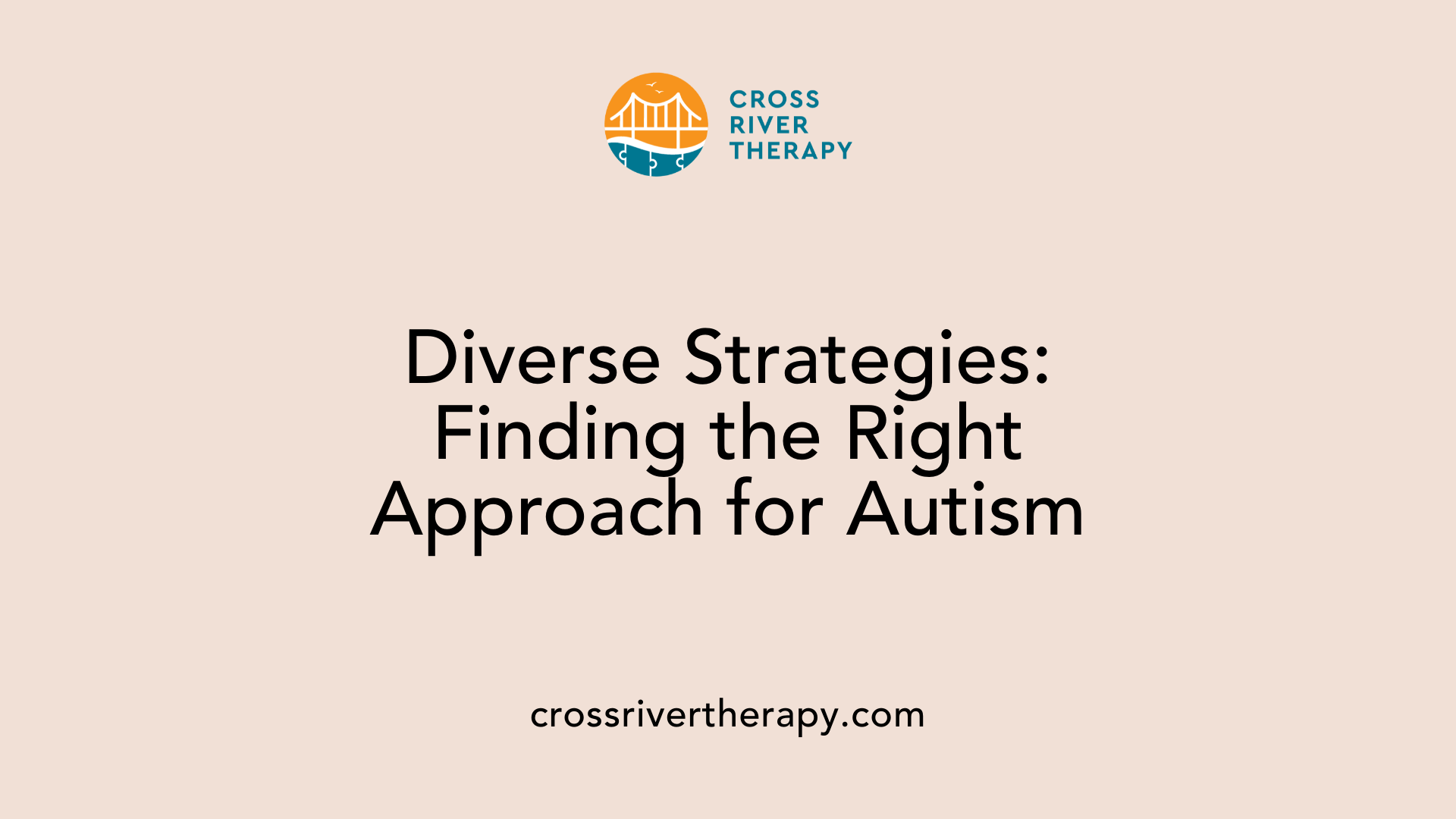The Benefits of Early Intervention with ABA Therapy
Unlocking Potential Through ABA Therapy
Understanding Early Intervention for Autism
Early intervention is a transformative approach in the realm of autism therapies, designed to harness the critical developmental period in young children diagnosed with Autism Spectrum Disorder (ASD). By implementing therapies such as Applied Behavior Analysis (ABA) early in life—typically between 12 to 36 months—children with autism can achieve significant developmental gains. The process involves a multifaceted approach, including speech therapy, behavioral adaptation, and parental involvement, to maximize the child's potential for social, emotional, and cognitive growth. This early period is crucial as the brain's plasticity allows for substantial change and adaptation.
Starting Early: The Age and Importance of Early Intervention

What age is considered for early intervention in autism?
Early intervention for autism typically begins before the child turns three years old, with effective strategies starting as early as 12 to 18 months. Research shows that early diagnosis and intervention can lead to significant long-term improvements in symptoms and skills, as the brain is particularly adaptable during the ages of 2 to 3.
The American Academy of Pediatrics recommends autism screenings at 18 and 24 months to facilitate early detection. Programs aim to support children with developmental delays, incorporating therapies that focus on speech, social skills, and cognitive development.
Benefits of starting therapy early
Early intervention can yield multiple advantages for children with autism. Firstly, it significantly enhances developmental milestones related to communication, social interaction, and daily living skills. This can lead to improved capabilities in academic settings, fostering social relationships and independence.
Moreover, children who engage in early intervention often exhibit better coping mechanisms, which can alleviate the severity of meltdowns and tantrums often associated with autism. This allows families to foster a more supportive environment, reducing household stress and improving overall family dynamics.
Role of neuroplasticity
The concept of neuroplasticity plays a vital role in the efficacy of early intervention. The brain’s ability to reorganize itself and form new neural pathways allows for enhanced learning and development. Thus, interventions during these critical developmental windows can have lasting positive effects on the child's overall development. By harnessing neuroplasticity, therapies can lead to transforming outcomes, potentially enabling some children to move beyond their initial diagnosis as they grow.
The Impact of Early Intervention

Why is early intervention important for children with autism?
Early intervention is crucial for children with autism because it taps into their brain's adaptability during the early years. Starting interventions as soon as developmental concerns arise allows children to develop essential communication and social skills.
Through mechanisms like Applied Behavior Analysis (ABA), tailored intervention strategies cater to each child's unique needs. This individualized approach guarantees that therapies—ranging from speech to occupational therapy—are relevant and effective.
The earlier assistance is provided, the stronger the foundation for positive long-term outcomes. Research reinforces that early intervention significantly enhances a child's quality of life, academic success, and social integration.
To sum up, early intervention's effectiveness lies in its capacity to harness brain plasticity and deliver targeted support, ensuring children develop essential life skills in supportive environments.
| Topics | Details |
|---|---|
| Benefits on Communication | Enhances communication skills through structured programs, helping children express needs effectively. |
| Importance of Tailored Strategies | Custom intervention plans address individual needs and adapt as the child grows, maximizing potential for success. |
| Long-term Outcomes | Children who receive early interventions show improved academic performance and social skills, indicating long-lasting benefits. |
Benefits of ABA Therapy in Early Intervention

What are the benefits of ABA early intervention in autism therapy?
Applied Behavior Analysis (ABA) early intervention in autism therapy offers numerous benefits by addressing essential developmental areas such as communication, socialization, and behavioral skills at an early age. Here are some notable advantages:
Enhancements through ABA: Research shows that early intervention can significantly enhance a child's ability to communicate effectively. This includes improving their understanding of social cues and engaging more comfortably with peers, which is fundamental for forming friendships and participating in social activities.
Behavioral adjustments: ABA therapy is crucial for teaching children how to manage challenging behaviors, including tantrums and meltdowns. By employing structured behavioral interventions, children learn emotional regulation strategies that lead to better interactions with peers and adults.
Parental involvement: One of the standout aspects of ABA therapy is its focus on involving parents. Parents are equipped with effective resources and strategies that enable them to support their child's development at home. This not only reduces household stress but also strengthens the parent-child relationship, fostering a more nurturing environment conducive to learning.
In sum, early intervention through ABA therapy can create a solid foundation for children with autism, aiding their path to improved communication, social skills, and overall quality of life.
| Aspect | Description | Benefits |
|---|---|---|
| Communication Skills | Enhances verbal and non-verbal communication through tailored techniques. | Better social interaction |
| Behavioral Skills | Teaches management of emotions and behaviors, reducing challenging actions. | Improved daily life |
| Parental Engagement | Educates parents on effective strategies to reinforce skills at home, enhancing family dynamics. | Reduced stress, stronger bonds |
The Long-Term Effectiveness of Early Intervention

How effective is early intervention for individuals with autism?
Early intervention for individuals with autism has proven to be highly effective, particularly when started at a young age, ideally between 1 and 3 years. Research consistently shows that early diagnosis and tailored intervention programs can lead to significant long-term improvements across several domains:
- Cognitive abilities: Programs like the Early Start Denver Model (ESDM) demonstrate substantial gains in IQ and cognitive skills.
- Communication skills: Children engaged in early interventions often show marked improvement in language abilities, enabling better expression and understanding.
- Social interaction: Enhanced social skills improve interaction with peers, which is critical for building friendships.
Several children even grow to the point where they no longer meet the criteria for autism spectrum disorder. Family involvement is key, as parents applying consistent strategies at home help to reinforce the skills learned during therapy. The benefits of early intervention extend beyond the child, positively impacting family dynamics and overall well-being.
Educational and social advancements
Early intervention is not only beneficial for individual development but also sets the stage for future academic success. Children with autism who receive early and intensive behavioral interventions, particularly Applied Behavior Analysis (ABA), often catch up with their peers academically and socially. This groundwork includes:
- Preparation for school: Enhanced communication, social skills, and daily living tasks lead to greater independence and readiness for educational settings.
- Empathy and relationship skills: Children learn to take turns, understand social cues, and form connections, fostering strong relationships in supportive environments.
With improved skills, these children are more likely to navigate social situations successfully, helping them thrive as they grow.
Family benefits and stress reduction
The impacts of early intervention can also be felt within family dynamics. As families gain tailored tools and resources to support their child, they experience:
- Reduced parental stress: Equipped with strategies to manage challenges, parents can feel more confident in their ability to support their child’s development.
- Stronger parent-child relationships: Increased engagement fosters a sense of understanding and cooperation, an essential aspect of family life.
Overall, the holistic approach of early intervention not only maximizes developmental potential for children with autism but also enhances the quality of life for their families.
Exploring Different Approaches in Early Intervention

What are some common forms of early intervention for autism?
Common forms of early intervention for autism include:
- Applied Behavior Analysis (ABA): This structured approach focuses on modifying behaviors through reinforcement and teaching essential skills, leading to positive outcomes in communication and social interaction.
- Early Start Denver Model (ESDM): A blend of play and developmental techniques, ESDM enhances motivation and social skills in toddlers by embedding learning within engaging activities.
- Pivotal Response Training (PRT): This method uses naturalistic techniques to foster communication and engagement during play, focusing on pivotal areas of development to promote overall growth.
- Speech and Language Therapy: Aimed at improving communication abilities, this therapy equips children with the tools to express their needs effectively.
- Occupational Therapy: This approach targets daily living skills and sensory needs, promoting independence and self-sufficiency in various activities.
- Family Training Programs: Educating families on how to support their child helps reinforce developmental skills at home, enhancing the overall effectiveness of interventions.
Each of these therapies can be adapted to meet the unique needs of children, ensuring interventions are meaningful and measurable, maximizing the potential benefits as early as possible.
The Transformative Power of Early Intervention
Early intervention with ABA therapy is not just about addressing immediate developmental challenges in children with autism; it's about reshaping their futures. By capitalizing on the crucial early years, this approach sets the stage for lifetime benefits, including enhanced social integration, academic success, and overall well-being. With tailored interventions, committed parental involvement, and evidence-backed strategies, early intervention can unlock potential, transforming not only the lives of children but also their families. Investing in early intervention is truly an investment in the future, offering hope and tangible improvements to those on the autism spectrum.
References
- 5 Benefits of Early Intervention for Autism - LEARN Behavioral
- Early Intervention for Autism | NICHD
- The Power of Early Intervention with ABA Therapy for Autism
- The Incredible Benefits of Early Intervention for Children With Autism
- Early Intervention ABA Therapy | Applied Behavior Analysis with TLC
- Early ABA Intervention Benefits - Lighthouse Autism Center
- The Benefits of Early Intervention - Beyond Behavior



